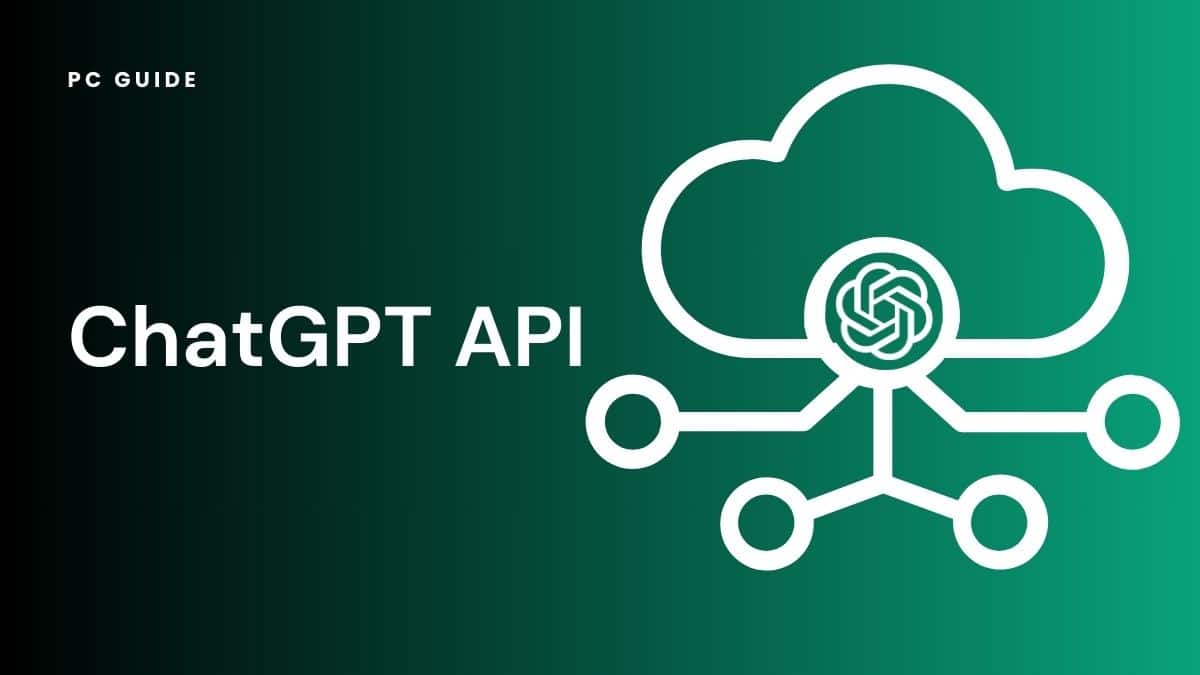ChatGPT API – all you need to know

Table of Contents
ChatGPT is a powerful language model developed by OpenAI that uses deep learning to generate responses to user input. One question that many people have is: What is ChatGPT API (Application Programming Interface)?
In this article, we’ll find out what an API is, whether ChatGPT has one, and what you can do with it if it does.
What is an API?
API stands for Application Programming Interface. An API is a set of rules and protocols that allows different software applications to communicate with each other. Essentially, it’s a way for one program to interact with another program or service in a standardized way.
Does ChatGPT Have an API?
Yes, ChatGPT has an API that developers can use to build applications that interact with the language model. The platform allows developers to send text inputs to the model and receive generated responses. This means you can now integrate ChatGPT into a wide range of applications, including chatbots, virtual assistants, and more.
Big brands such as Snapchat, Quizlet, Instacart and many more have used the API to leverage ChatGPT into their applications.
How to Access the ChatGPT API?
To access the ChatGPT API, you’ll need to sign up for an API key from OpenAI. This will give you access to the API endpoints, which you can use to send text inputs and receive responses from ChatGPT. There are different access tiers depending on your usage needs and budget.
What Can You Do With the ChatGPT API?
Build Chatbots and Virtual Assistants
One of the most popular use cases is building chatbots and virtual assistants. By integrating ChatGPT into your application, you can provide users with a conversational interface to answer questions, provide information, and complete tasks.
Generate Content
Another use case is generating content. You can use the API to generate blog posts, social media posts, product descriptions, and more. This can be especially useful for businesses that need to quickly generate a large amount of content.
Improve Customer Service
By integrating ChatGPT into your customer service platform, you can provide customers with immediate responses to their questions and concerns. This can help improve customer satisfaction and reduce response times.
Assist With Language Translation
The ChatGPT API can also be used to assist with language translation. By sending text inputs in one language and receiving responses in another language, you can provide users with a seamless translation experience.
Enhance Educational Tools
ChatGPT can also be used to enhance educational tools. By integrating the language model into educational applications, you can provide students with instant feedback and personalized learning experiences.
Power Voice Assistants
The ChatGPT API can also be used to power voice assistants like Amazon Alexa and Google Assistant. By integrating ChatGPT into these devices, you can provide users with a more natural and human-like conversational experience.
ChatGPT API cost & pricing
OpenAI has released its latest pricing plans for the ChatGPT API. Let’s explore your options below:
- GPT-3.5 Turbo: Part of the ChatGPT model family, starting at $0.002 / 1K tokens
- Whisper API: A speech-to-text model starting at $0.006 / minute
Conclusion
The ChatGPT API is a powerful tool that allows developers to integrate the language model into a wide range of applications. The model has a vast knowledge base and can generate human-like responses.
The platform can be used to build chatbots, generate content, improve customer service, assist with language translation, enhance educational tools, and power voice assistants.
